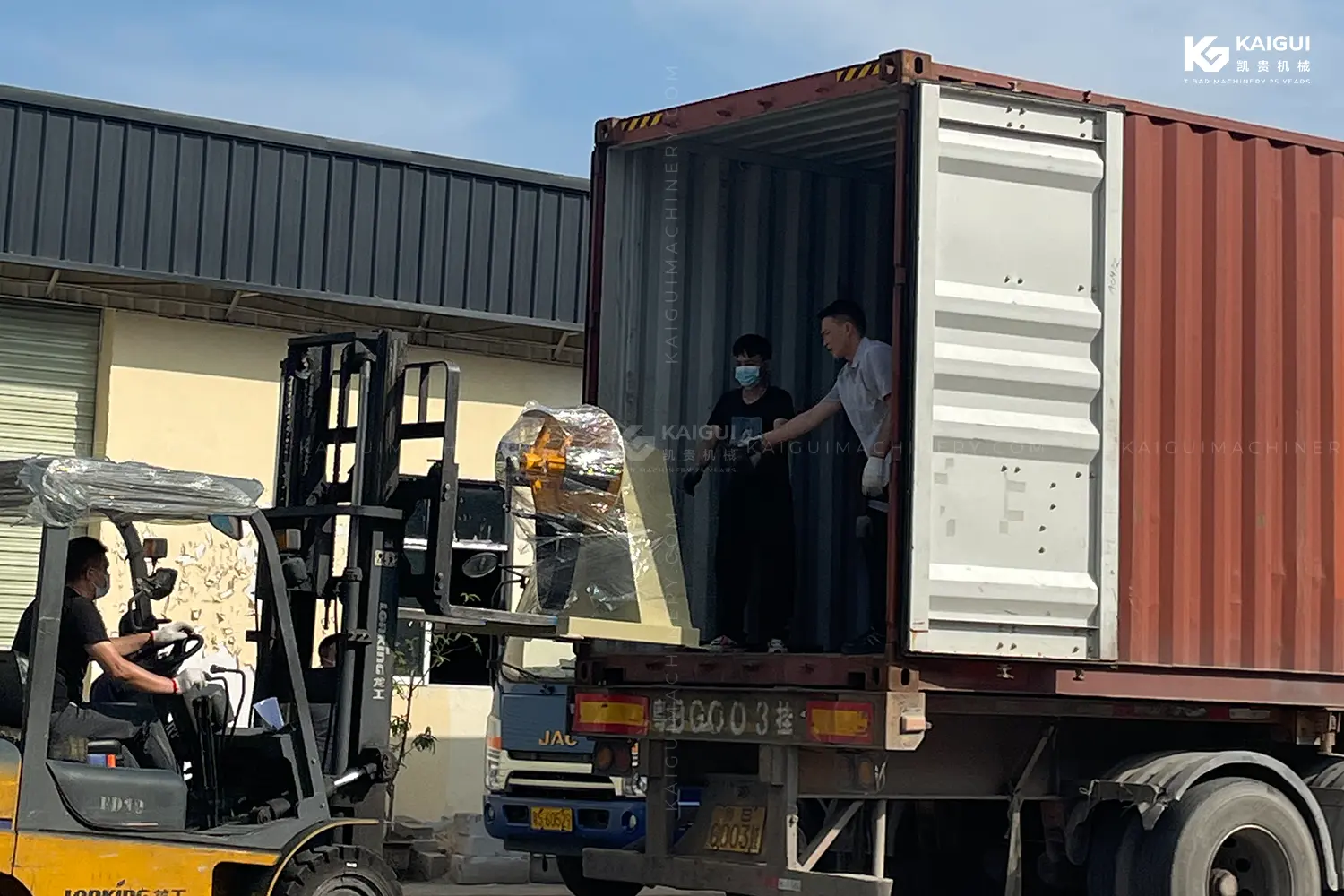
As a professional manufacturer of roll forming machines, we offer a wide range of roll forming machines to cater to your specific requirements. Additionally, we provide various types of decoilers, which are essential for most cold roll forming machines to load and uncoil coils efficiently in a turntable manner. In this article, we will introduce you to different types of decoilers:
Manual Decoiler
Features: This type of decoiler is cost-effective and comes at a low price point. However, it does not have active rotation and relies on passive stretching by the roll forming machine. It’s worth noting that manual decoilers have varying maximum weight capacities based on their specifications.
Hydraulic Decoiler
Features: Hydraulic decoilers offer automatic forward and reverse rotation capabilities. They can be automatically adjusted according to the inner diameter of the steel coil. These decoilers are equipped with supporting arms and pressure arms to secure the steel coil material, preventing it from loosening or falling. However, hydraulic decoilers tend to have a higher initial cost and require more space.
Motor Decoiler
Features: Motor decoilers are driven by a motor that allows for forward and reverse rotation. This motorized drive system reduces the load on the machine when unwinding and working with the roll forming machine.
To ensure the longevity of your decoiler, it’s essential to perform daily maintenance carefully. Here are the recommended steps:
- Lubrication: Regularly lubricate each oil cup lubrication point and apply artificial lubrication as needed.
- Functionality Check: After powering on the decoiler, check the upward and downward movements of both the lower and upper rollers in both directions. Ensure there are no abnormal jams or issues during these movements.
- Operational Procedures: Adhere strictly to the coil processing procedures and operating methods outlined for the decoiler. Pay close attention to safe operations, especially when adjusting the upper roller position.
- Shutdown Maintenance: When the main drive is stopped, lift and lower the upper roller to reverse the tilting of the bearing and reset the upper roller.
After the decoiler has completed its work, it’s crucial to clean the site, perform necessary maintenance, and promptly shut down the power supply to ensure safe and efficient operation.
For more information on our roll forming machines and decoilers or to discuss your specific requirements, please feel free to contact us. We are committed to providing tailored solutions to meet your manufacturing needs.




